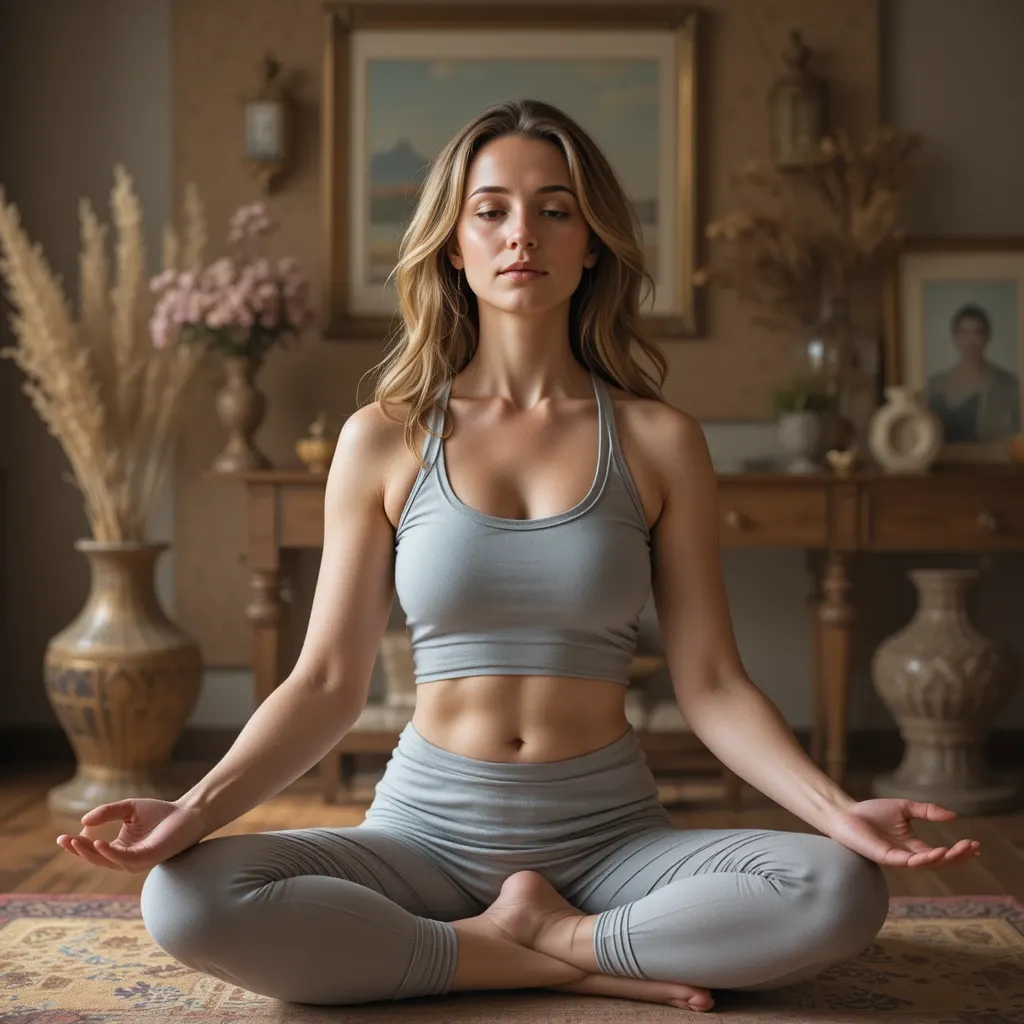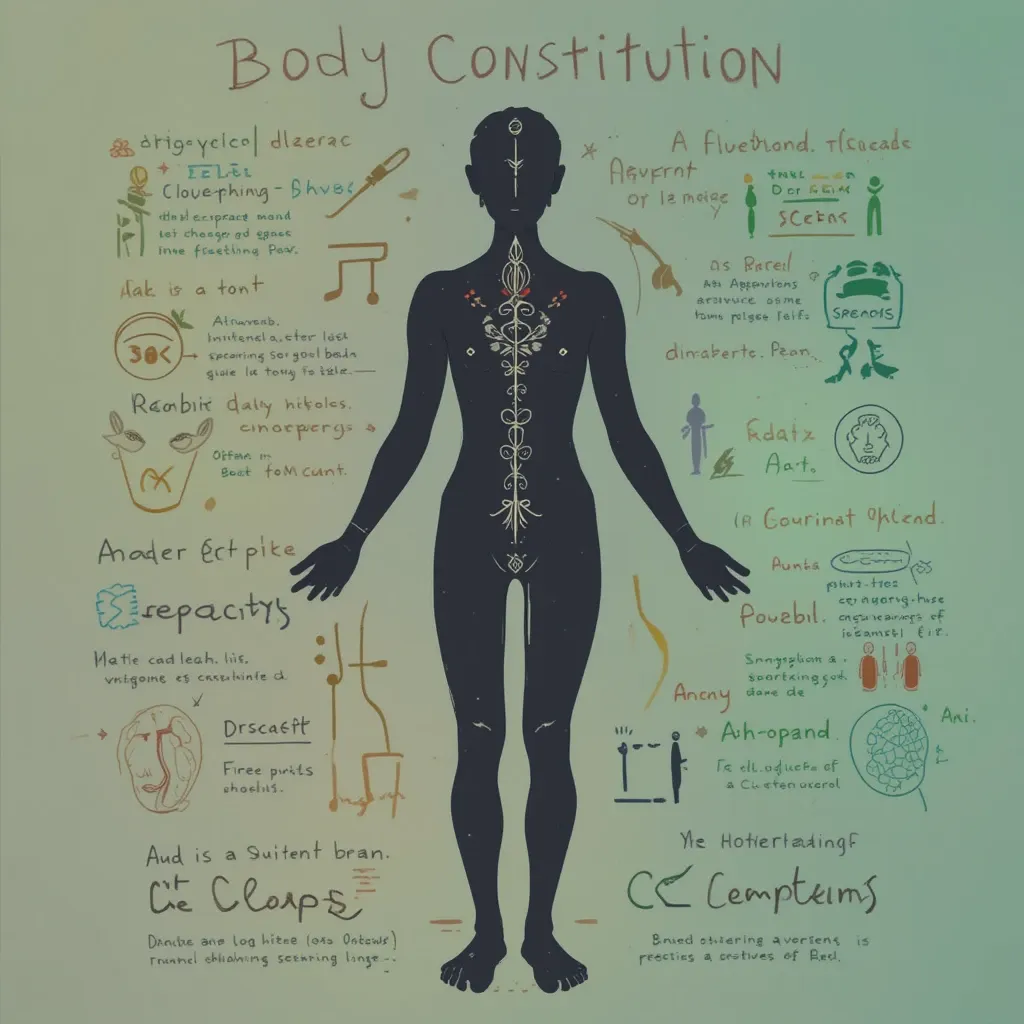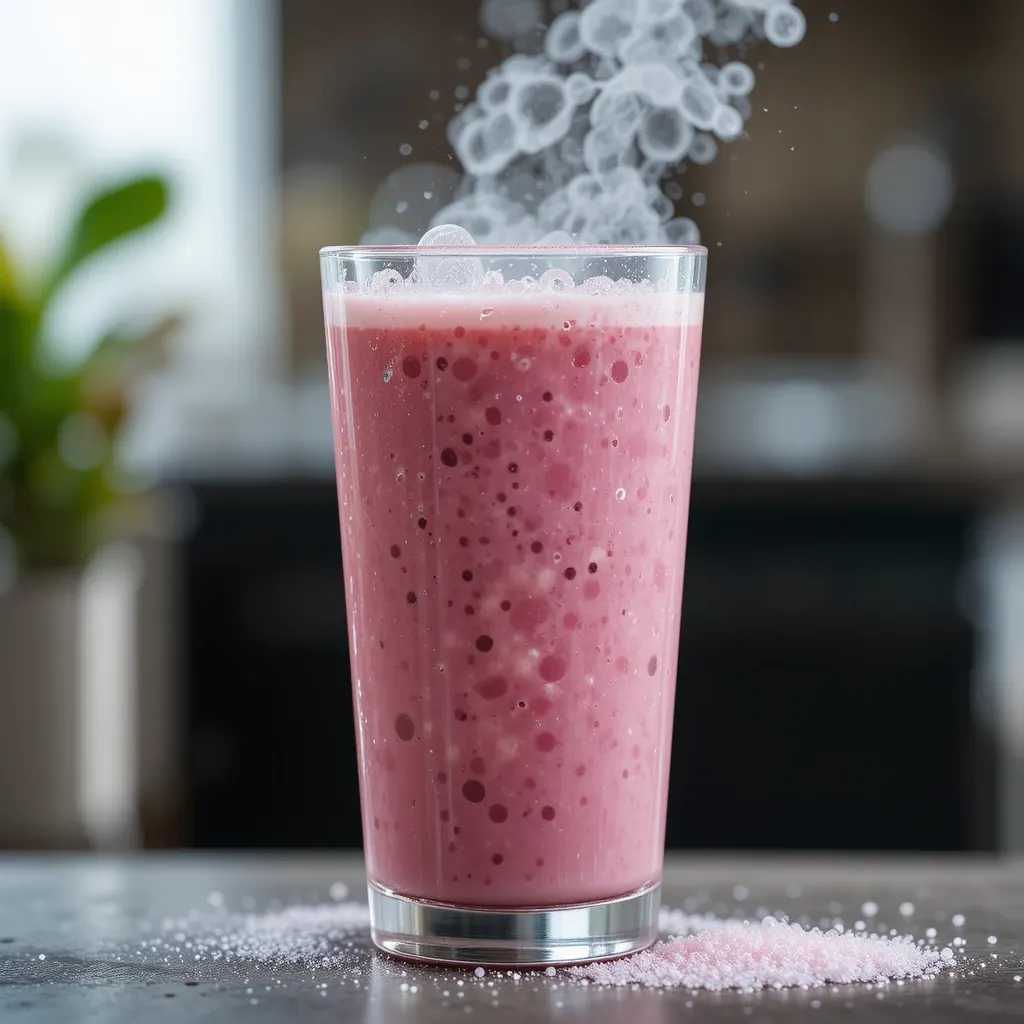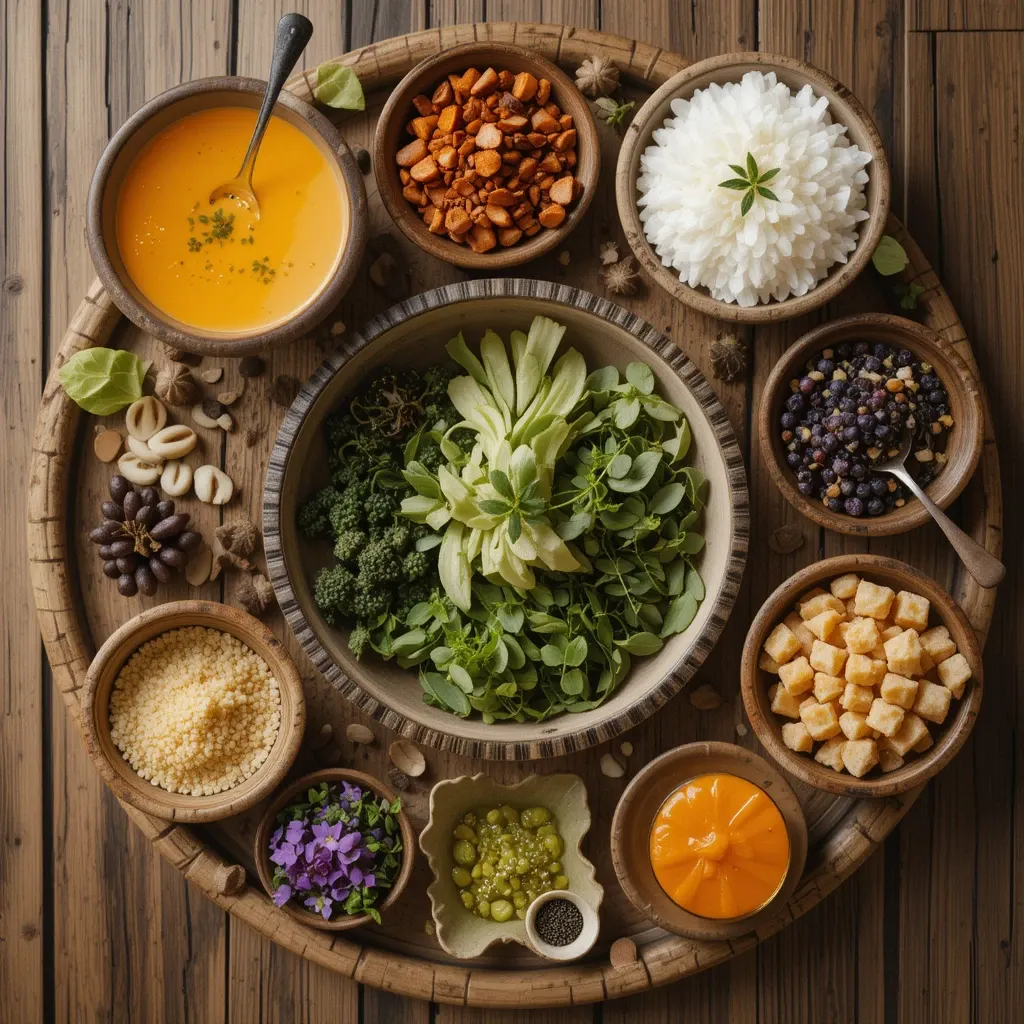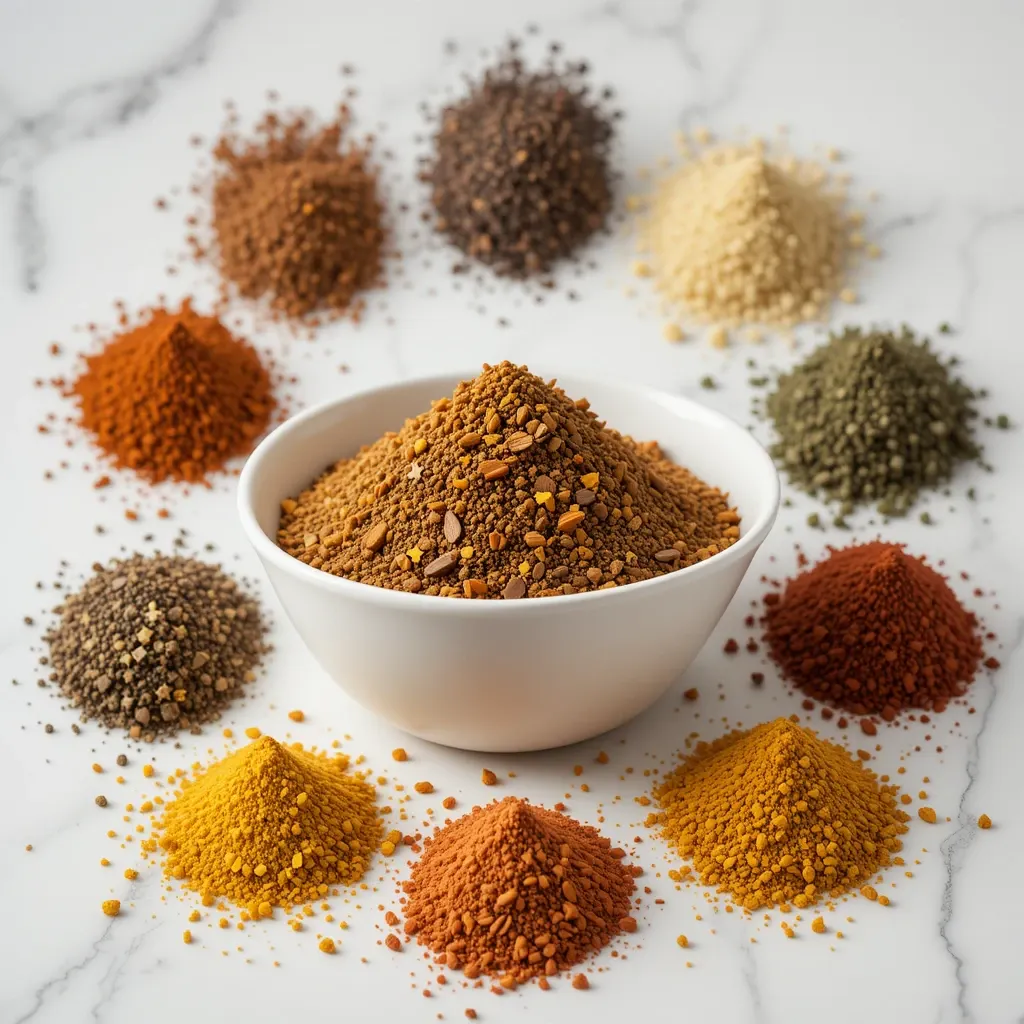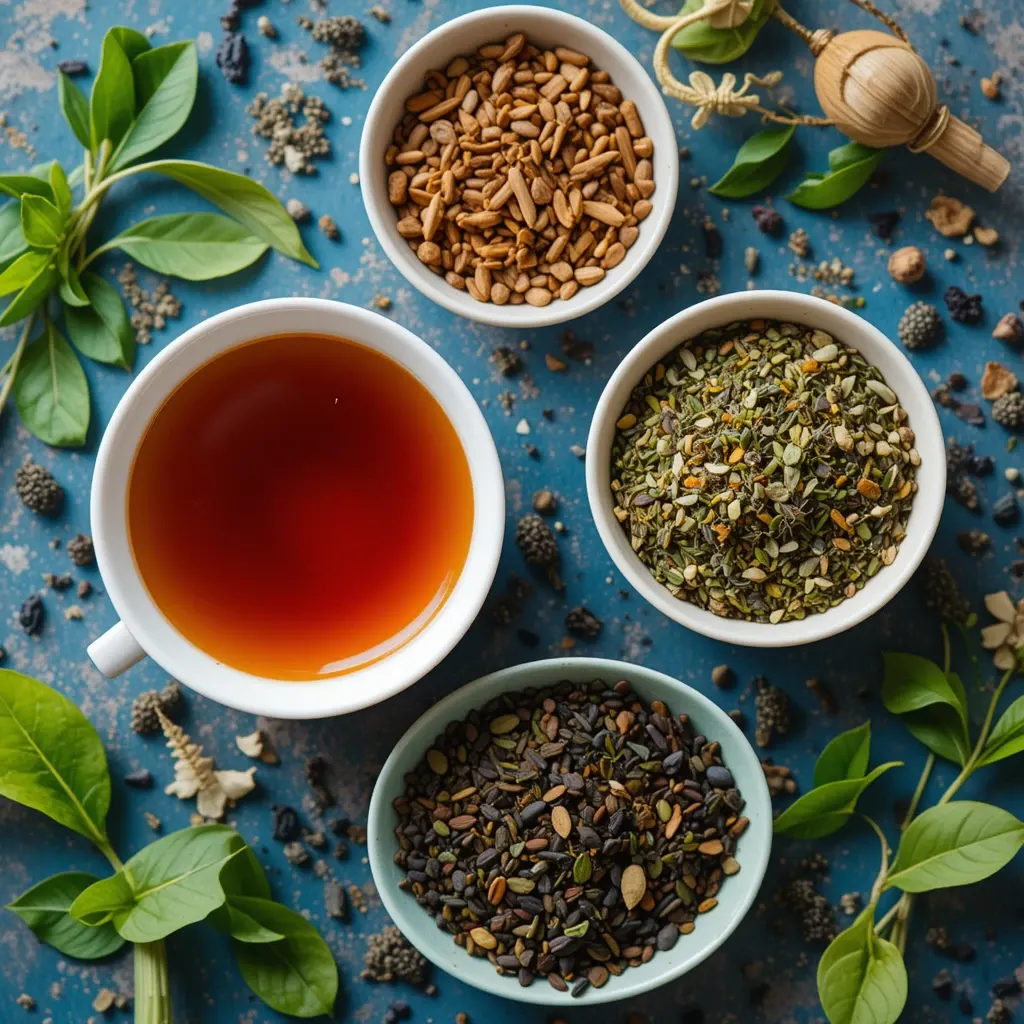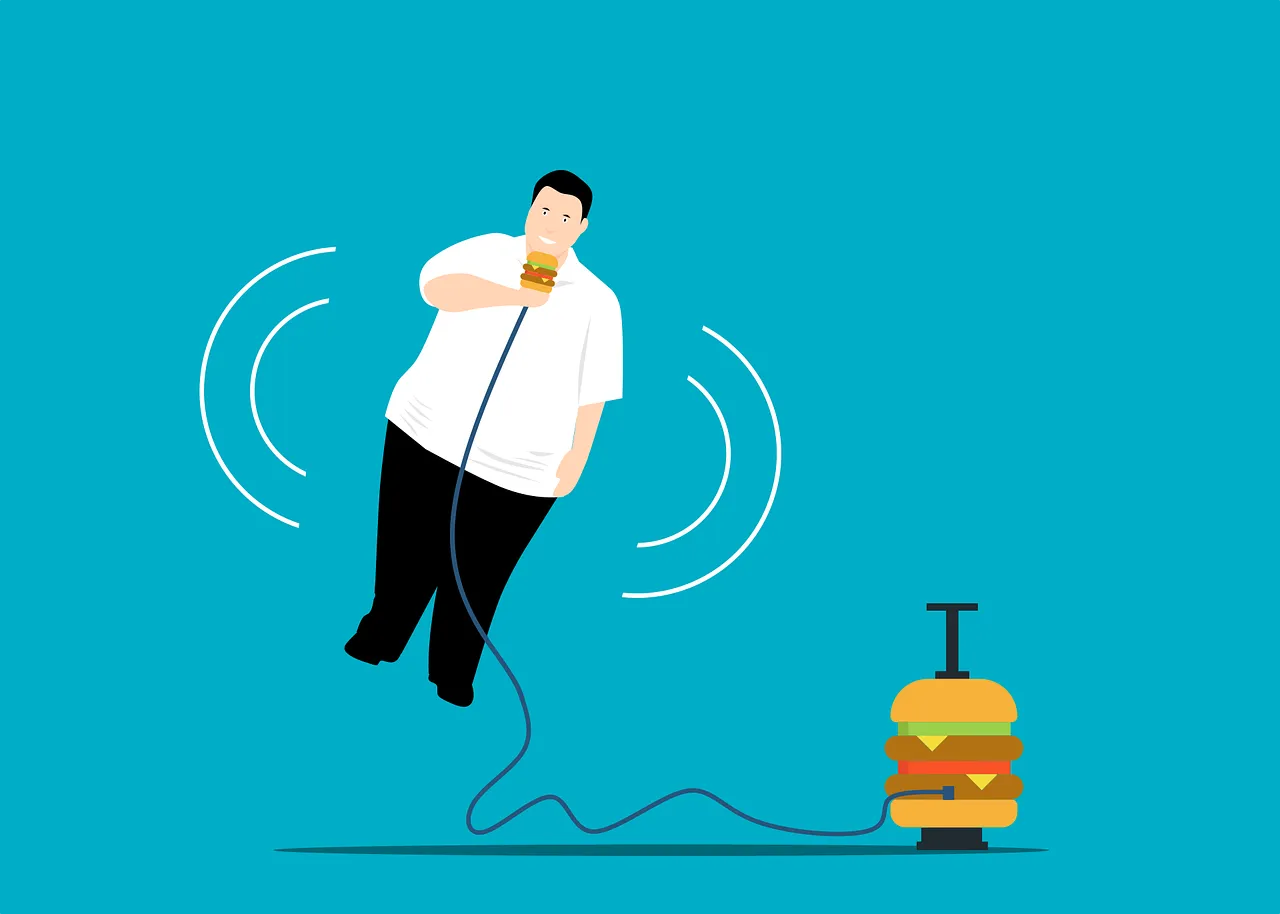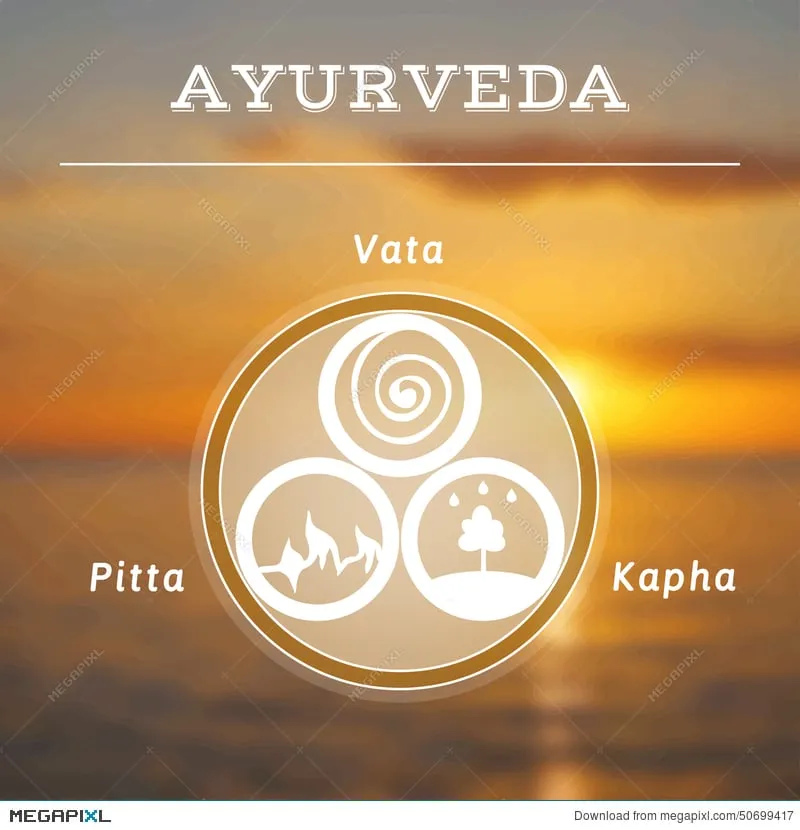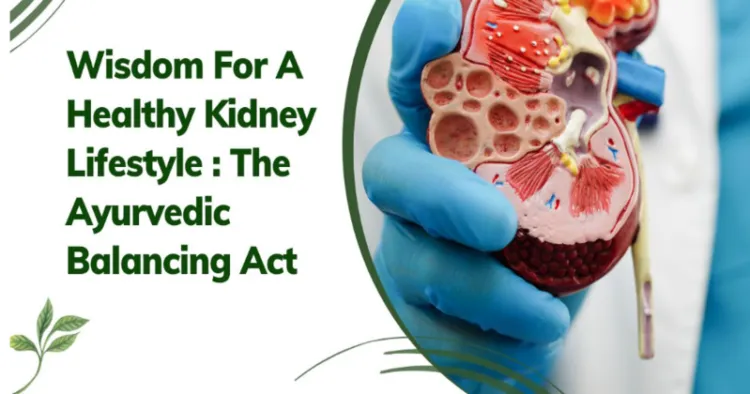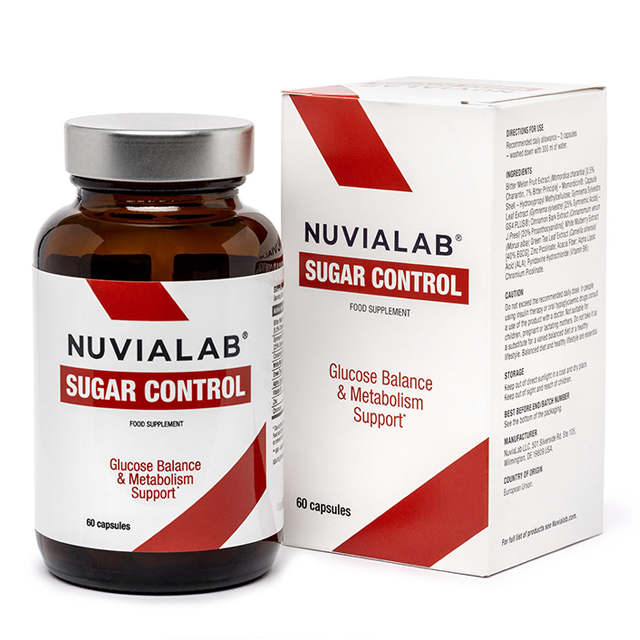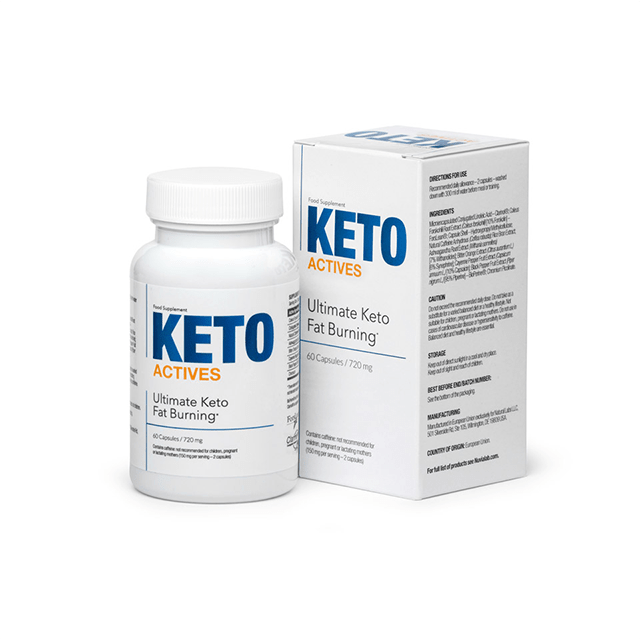Ayurveda Pranayama: Ancient Breathing Techniques for Modern Wellness
Are you feeling constantly stressed, exhausted, or disconnected from your body? Ayurveda pranayama offers powerful breathing techniques that can transform your health and consciousness. These ancient practices have withstood the test of time for good reason—they work.
Living in today's fast-paced world leaves many of us struggling with chronic stress, poor sleep, and diminished energy. We try quick fixes and temporary solutions, but the cycle continues, leaving us more depleted and frustrated than before. Your breath—something you already possess—might be the most underutilized tool for profound healing at your disposal.
The Ayurvedic Approach to Breath
Ayurveda, the 5,000-year-old healing system from India, recognizes breath (prana) as the vital life force that sustains not just our physical body but our mental and spiritual existence. Pranayama, the science of breath control, is considered one of the most transformative practices in the Ayurvedic tradition.
In Ayurvedic philosophy, your unique constitution—called your dosha—determines which breathing techniques will benefit you most. Rather than a one-size-fits-all approach, Ayurveda pranayama practices are customized based on whether you're predominantly Vata (air/space), Pitta (fire/water), or Kapha (earth/water).
Understanding Prana: Beyond Ordinary Breath
What separates pranayama from simple breathing exercises is the focus on prana—the subtle energy carried by breath. According to Ayurvedic texts, prana circulates through thousands of energy channels called nadis, with the three main channels being:
- Ida (left channel) - Associated with cooling energy and the moon
- Pingala (right channel) - Associated with heating energy and the sun
- Sushumna (central channel) - The balanced pathway to higher consciousness
Through conscious breathing techniques, practitioners can redirect prana through these channels to address specific imbalances and enhance overall wellbeing.
Dosha-Specific Pranayama Techniques
For Vata Dominance (Air/Space)
Vata types often experience anxiety, restlessness, and irregular breathing patterns. The following techniques help ground and stabilize vata energy:
1. Ujjayi Pranayama (Victorious Breath)
This warming breath creates a gentle ocean sound in the throat that helps focus a scattered mind:
- Sit comfortably with an erect spine
- Slightly contract the glottis at the back of your throat
- Inhale and exhale slowly through your nose, creating a soft oceanic sound
- Practice for 5-10 minutes daily
2. Brahmari (Bee Breath)
The humming vibration soothes an agitated nervous system:
- Close your eyes and place your index fingers on the cartilage between your cheeks and ears
- Inhale deeply through your nose
- On the exhale, make a humming sound like a bee
- Feel the vibrations throughout your head and body
For Pitta Dominance (Fire/Water)
Pitta types often deal with inflammation, frustration, and excessive heat. These cooling practices help balance pitta energy:
3. Sitali (Cooling Breath)
This technique literally cools the body and mind:
- Curl your tongue into a tube (if genetically unable, simply part your lips slightly)
- Inhale slowly through the tongue or mouth
- Close your mouth and exhale through your nose
- Repeat 8-10 times
4. Chandra Bhedana (Left-Nostril Breathing)
This activates the cooling lunar energy:
- Close your right nostril with your right thumb
- Inhale slowly through your left nostril
- Close your left nostril with your ring finger and exhale through the right
- Continue breathing only through the left nostril for 3-5 minutes
For Kapha Dominance (Earth/Water)
Kapha types tend toward congestion, lethargy, and slow metabolism. These energizing practices help stimulate kapha energy:
5. Kapalabhati (Skull-Shining Breath)
This technique creates heat and stimulates digestion:
- Sit comfortably with an erect spine
- Take a deep breath in
- Exhale forcefully through your nose by contracting your lower abdomen
- Allow inhalation to happen passively
- Start with 20-30 repetitions and gradually increase
6. Surya Bhedana (Right-Nostril Breathing)
This activates solar energy and increases metabolism:
- Close your left nostril with your ring finger
- Inhale slowly through your right nostril
- Close your right nostril with your thumb and exhale through the left
- Continue breathing only through the right nostril for 3-5 minutes
The Science Behind Ayurveda Pranayama
Modern research increasingly validates what Ayurvedic practitioners have known for millennia. Studies show that controlled breathing techniques can:
- Activate the parasympathetic nervous system (rest-and-digest response)
- Lower cortisol levels and reduce stress
- Improve respiratory function and increase lung capacity
- Enhance focus and mental clarity
- Balance blood pressure and heart rate
- Improve sleep quality
- Strengthen immune function
The effectiveness of pranayama lies in its ability to directly interface with your autonomic nervous system—something few other interventions can do as quickly or effectively.
Integrating Pranayama into Your Daily Routine
For optimal results, Ayurveda recommends practicing pranayama at specific times:
- Early morning (before sunrise): When the atmosphere is charged with prana
- Twilight hours: Both dawn and dusk are considered sandhya (junction points) where energy shifts
- Before meals: To stimulate digestive fire (agni)
- Before meditation: To prepare the mind for deeper awareness
Creating Your Personalized Practice
- Start small: Begin with just 5 minutes daily and gradually increase
- Be consistent: Daily practice yields far better results than occasional longer sessions
- Honor your constitution: Choose techniques appropriate for your dosha
- Observe the seasons: Adjust your practice as seasons change (cooling practices in summer, warming in winter)
- Listen to your body: Notice how different techniques affect your energy and emotions
Common Questions About Ayurveda Pranayama
Q: How quickly will I notice benefits from pranayama practice?
A: Some effects, like increased calmness and mental clarity, can be felt immediately. Deeper physiological changes typically develop over weeks of consistent practice.
Q: Can pranayama help with specific health conditions?
A: Yes, different techniques are traditionally used to address various imbalances—from respiratory issues to digestive disorders. However, it's best to consult with an Ayurvedic practitioner for personalized guidance.
Q: Is it safe to practice pranayama during pregnancy?
A: Gentle forms like ujjayi are generally considered safe, but avoid techniques with breath retention or forceful exhalation. Always consult with your healthcare provider first.
Taking Your Practice Deeper
Once you've established a foundation with basic pranayama techniques, you might explore:
- Combining pranayama with yoga asanas for enhanced benefits
- Learning more advanced breath retention techniques (kumbhaka) with qualified guidance
- Integrating mudras (hand gestures) that direct energy flow
- Using pranayama as preparation for meditation practices
The journey of Ayurveda pranayama is both profound and practical—offering immediate relief while gradually reshaping your relationship with your body, mind, and the universal life force that animates all existence.
Are you ready to harness the transformative power of your breath? Begin today with just five minutes of conscious breathing, and discover why this ancient practice remains one of the most direct pathways to improved health and expanded awareness in our modern world.



